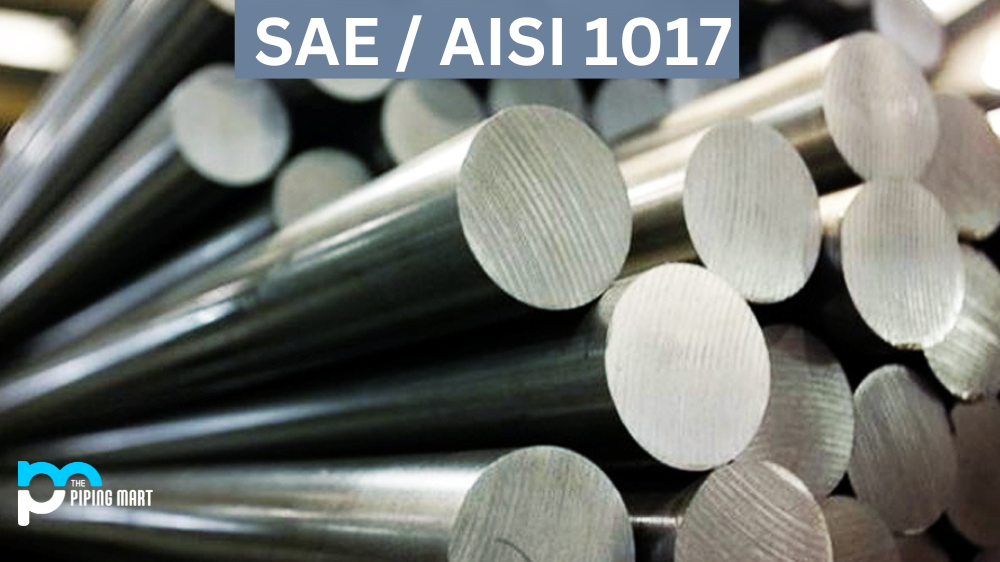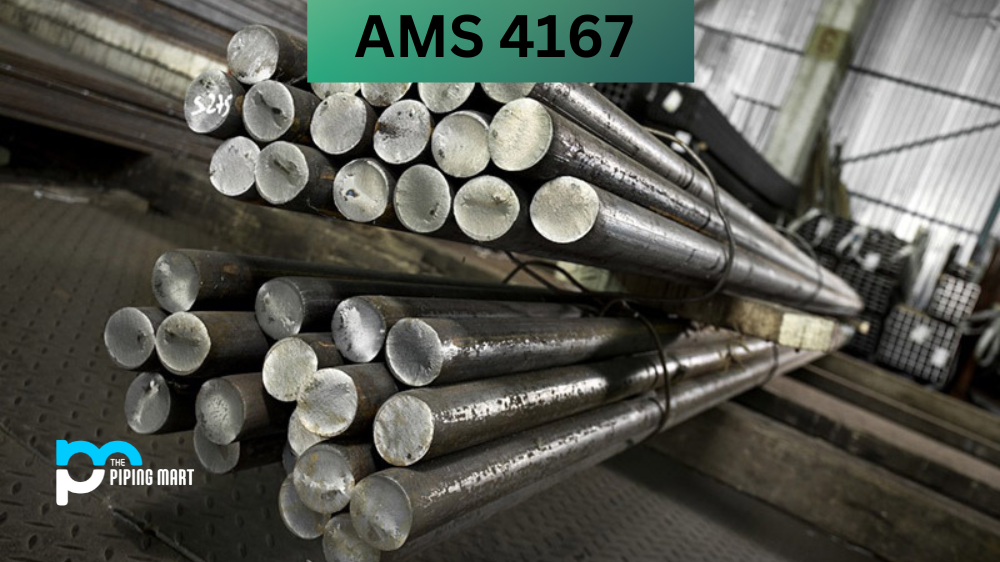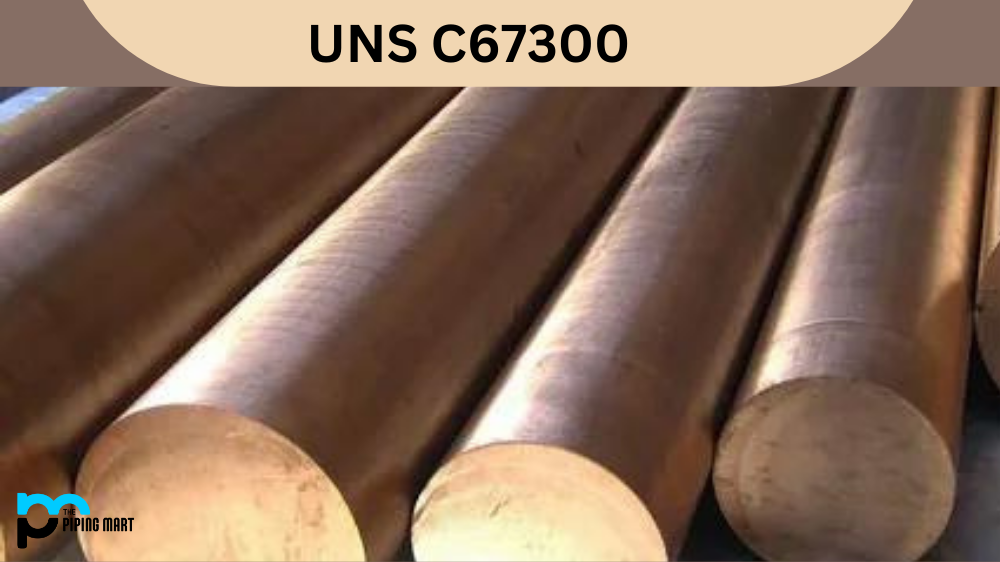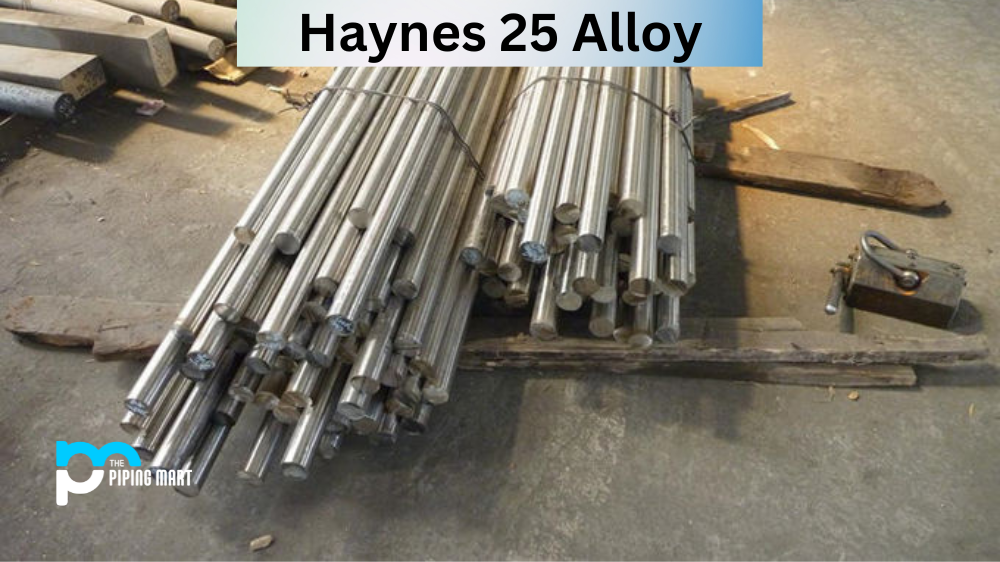SAE/AISI 1017 steel is a low-carbon, soft mild steel that provides better machinability than other steel grades and greater strength and flexibility. It is ideal for applications requiring high corrosion and heat resistance levels. In this blog, we will explore the composition, chemical and physical properties, uses, corrosion resistance, heat resistance, heat treatment, and machining of SAE/AISI 1017 steel to help readers better understand this material.
AISI 1017 Composition
SAE/AISI 1017 is composed mainly of iron with trace amounts of carbon (0.10-0.20%), manganese (1.00-2.00%) and sulfur (0.17-0.37%). It also contains trace amounts of phosphorus (0.04%), silicon (0.30%) and zinc (0.25%).
| Element | Content (%) |
|---|---|
| Iron, Fe | 99.11-99.56 |
| Manganese, Mn | 0.30-0.60 |
| Carbon, C | 0.14-0.20 |
| Sulfur, S | ≤ 0.050 |
| Phosphorous, P | ≤ 0.040 |
AISI 1017 Mechanical Properties
SAE / AISI 1017 steel is known for being an economical, low-carbon alloy. It is suitable for many types of uses due to its mechanical properties, including strength and flexibility. Its strength is primarily achieved by the presence of carbon content, though other elements also increase its tensile strength. This strong alloy also provides balanced formability and machinability, meaning it can be modified and shaped with little effort or cost. Additionally, its flexibility allows it to stretch or deform without significantly compromising its structural integrity. This combination of an economical cost coupled with its impressive physical properties makes SAE / AISI 1017 steel a very attractive option for a variety of industrial applications.
| Properties | Metric | Imperial |
|---|---|---|
| Tensile strength, ultimate | 405 MPa | 58700 psi |
| Tensile strength, yield | 340 MPa | 49300 psi |
| Modulus of elasticity | 190-210 GPa | 29700-30458 ksi |
| Bulk modulus (typical for steel) | 140 GPa | 27557-30458 ksi |
| Shear modulus (typical for steel) | 80 GPa | 11600 ksi |
| Poissons ratio | 0.27-0.30 | 0.27-0.30 |
| Elongation at break (in 50 mm) | 18% | 18% |
| Reduction of area | 40% | 40% |
| Hardness, Brinell | 116 | 116 |
| Hardness, Knoop (converted from Brinell hardness) | 135 | 135 |
| Hardness, Rockwell B (converted from Brinell hardness) | 66 | 66 |
| Hardness, Vickers (converted from Brinell hardness) | 120 | 120 |
| Machinability (based on AISI 1212 steel. as 100 machinability) | 65 | 65 |
AISI 1017 Chemical Properties
The chemical properties of SAE/AISI 1017 make it an excellent choice for applications requiring high levels of corrosion resistance due to its low carbon content combined with its inherent strength and ductility, which allow it to resist damage from external forces such as those caused by weathering or chemicals in the environment.
AISI 1017 Physical Properties
The physical properties of SAE/AISI 1017 include a high hardness (HV150), excellent wear resistance, good formability and weldability, moderate tensile strength (500-700 MPa)and an elongation at break of about 25%.
| Properties | Metric | Imperial |
|---|---|---|
| Density | 7.87 g/cm3 | 0.284 lb/in3 |
AISI 1017 Thermal Properties
| Properties | Metric | Imperial |
|---|---|---|
| Thermal conductivity (estimated based on similar materials) | 51.9 W/mK | 360 BTU in/hr.ft2.°F |
AISI 1017 Equivalent
| ASTM A29 | ASTM A576 | SAE J1397 | JIS S15C |
| ASTM A510 | ASTM A611 (A, B, C, E) | SAE J403 | SS 1370 |
| ASTM A513 | ASTM A635 | SAE J412 | ASTM A108 |
| ASTM A519 | ASTM A659 | AFNOR XC 15 | SAE J414 |
| ASTM A544 | ASTM A794 | AFNOR XC 18 | JIS S17C |
| ASTM A549 | ASTM A830 | DIN 1.1141 | |
| ASTM A575 (M1017) | MIL S-11310 (CS 1017) | JIS S 15 CK |
AISI 1017 Uses
Due to its strength, flexibility and corrosion resistance, SAE/AISI 1017 is commonly used in applications such as springs, fasteners, automotive parts and structural components in corrosive environments where it won’t be exposed to too much stress or force. It can also be used in medical implants due to its high corrosion resistance property, making it non-reactive to body tissue or fluids.
Corrosion Resistance
SAE/AISI 1017 has an excellent level of corrosion resistance when compared to other steels due to its low carbon content, which helps prevent oxidation and other forms of rusting or corroding when exposed to water or chemicals in the environment over time. Its inherent strength also allows it to withstand damage from external forces, such as those caused by weathering or chemicals in the background, without significantly compromising its structure or integrity over time.
Heat Resistance
The heat-resistant properties of SAE/AISI 1017 make it an ideal choice for applications exposed to high temperatures, such as furnaces or engines where temperatures can reach up to 700 degrees Celsius without compromising its structure or integrity significantly over time, even after long periods of exposure at these temperatures.,
Heat Treatment & Machining
Heat treatment can be used on SAE/AISI1017 steel to increase its hardness, while machining can be done using conventional methods such as drilling, tapping and milling without significant difficulties due to the softness and flexibility nature this material possesses.,
Welding
SAE/AISI1017 can be welded using conventional welding techniques; however, caution should be taken when welding this material due to its relatively low carbon content, which makes it more prone to oxides forming on the welds during the welding process, making them weak spots on the component being welded together if not done properly
Conclusion
In conclusion, SAES / AISI1017 is a versatile material that offers many benefits, including good formability and weldability combined with excellent corrosion resistance under certain conditions thanks mainly due to its low carbon content, which prevents oxidation from occurring during use over time, even at higher temperatures up too 700 degrees celsius. When appropriately handled according to the recommendations provided here, SAES / Aisi1017 proves helpful across multiple industries like automotive, structural components & medical implants. If you have any further questions feel free to contact us anytime! We hope you found this blog informative! Thanks for reading!

Meet Bhavesh, a seasoned blogger with a wealth of knowledge and experience. From metal products manufacturing to retail, Bhavesh has a diverse background in various industries and is dedicated to sharing his insights and expertise with readers.




